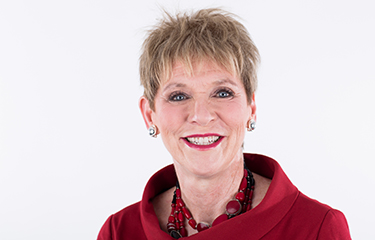At the Future of Food Forum in Gainesville, Florida, on 15 January, seafood industry insiders contended that there will not be enough wild fish to feed the global population in the future. As a result, innovative aquaculture producers are needed to develop sustainable, environmentally-friendly methods to produce greater quantities of fish.
At the event, hosted by the University of Florida’s Institute for Sustainable Food Systems, Christina Espejo, Miami, Florida, U.S.A.-based Atlantic Sapphire’s head of human resources and environmental social action plan (ESAP), said her company was expanding to meet rising consumer interest in salmon.
“There is a growth in demand in consumption of salmon … It is aquaculture that is innovating and coming up with new ways to supply that demand,” Espejo said.
Espejo and AquaBounty President and CEO Sylvia Wulf revealed how the aquaculture firms are producing farmed salmon in a habitat similar to its natural environment – without utilizing antibiotics.
“We can’t harvest enough wild caught fish to be able to meet that seafood consumption. Ocean aquaculture has its challenges [including], we are not gaining more licenses. We need wild caught and ocean pen and creating a different way of farming fish, on land in tanks – what AquaBounty and Atlantic Sapphire are doing," she said. “I believe that biotechnology is one of the tools we have to embrace to solve global challenges."
Wulf named world hunger and climate change as two of the most pressing issues that biotechnology can help solve.
When Wulf began working with AquaBounty, the team discussed how “we solve those problems in an environmentally sound way to provide nutritious protein to the world,” Wulf said.
For its part, Atlantic Sapphire’s aims to solve some of the environmental and carbon footprint challenges of salmon production with its “Bluehouse” technology.
“If you look at North America, most of our salmon is imported. The only way to do that is with flights – a huge environmental impact on our carbon footprint,” Espejo said. “By bringing in ‘Bluehouses’ and doing it out of the ocean, we are addressing those issues.”
Atlantic Sapphire’s Bluehouses are a “very complex system of water tanks," Espejo said, where the salmon is moved in “rivers” similar to their natural environment, from fresh water to salt water.
Atlantic Sapphire uses fresh-water aquifers and salt-water aquifers for its growout tanks, and utilizes the “same technology as the water treatment plants,” Espejo said. The company recently obtained a patent on its salt-water aquifer technology.
“Bluehouses are the future. The controlled environment is going to enable that quantity of demand the public is asking for,” Espejo said. “It is also out of the ocean, ensuring that the biodiversity of the oceans is kept and collapsing the carbon footprint.”
Atlantic is currently producing around four million salmon at its Florida facility and, by mid-year, consumers will be able to buy Atlantic Sapphire’s fresh salmon, Espejo said.
“We will be producing 10,000 tons of salmon in the first year, and … our mission is to produce 220,000 tons of salmon – the equivalent of about one billion meals.”
AquaBounty is also ramping up production at its Indiana facility, but has faced both regulatory hurdles and backlash from consumer and environmental groups.
“It took us 25 years to get our fish approved. There is an opportunity to improve our regulatory process,” Wulf said. However, AquaBounty “faced opposition from a congressional leader” who supports wild salmon and “we were made the villain,” she added.
“We always said we would disclose that our salmon is bioengineered. We can’t allow politics to get in the way of sound science and solving challenges,” Wulf said.
It is important to help consumers understand the benefits of biotechnology, “because it is going to be one of the tools to use to solve those problems,” Wulf added.
Meanwhile, AquaBounty’s strategy is placing farms in rural areas that might be economically challenged and those that can exist symbiotically with other forms of agriculture.
“We have a real opportunity to have synergies to use those sites/waste-streams effectively. We are talking to a number of produce companies about [those synergies],” Wulf said.
Photo courtesy of AquaBounty







